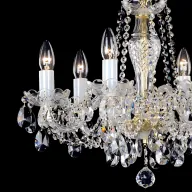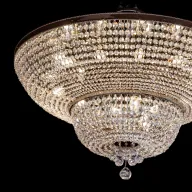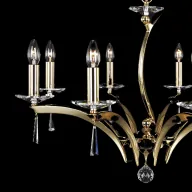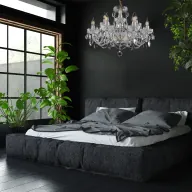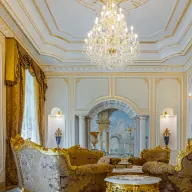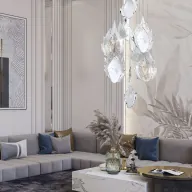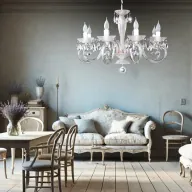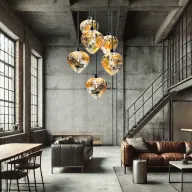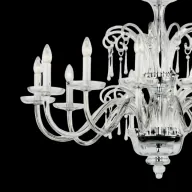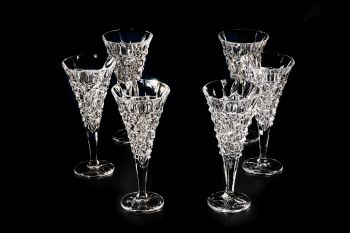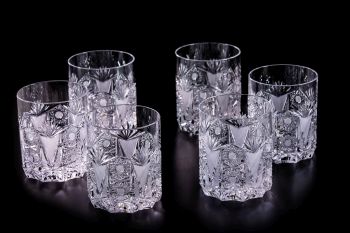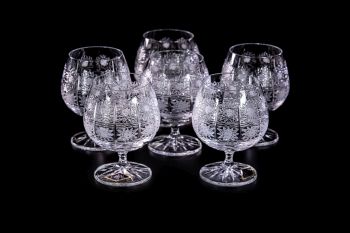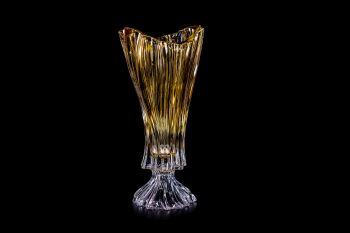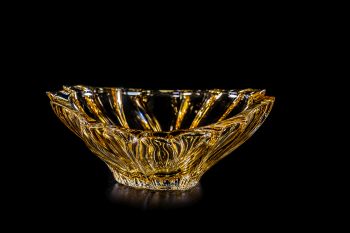How to Recognize the Difference Between Czech Crystal and Its Imitations
Added 22.4.2021 14:11.05
Czech crystal enjoys an outstanding reputation worldwide. Its quality and brilliance are unmistakable – and perhaps that is why imitations appear on the market, attempting to pass themselves off as genuine crystal. But how can you tell the difference? There are a few simple ways to identify fakes and ensure you have a true masterpiece at home.

Quality Comes at a Price
If you come across a "crystal" product at a suspiciously low price, take a closer look. Genuine Czech crystal is the result of intricate production processes and precise hand-cutting. Imitations often use cheaper materials and simplified techniques that reduce costs – and with them, quality.
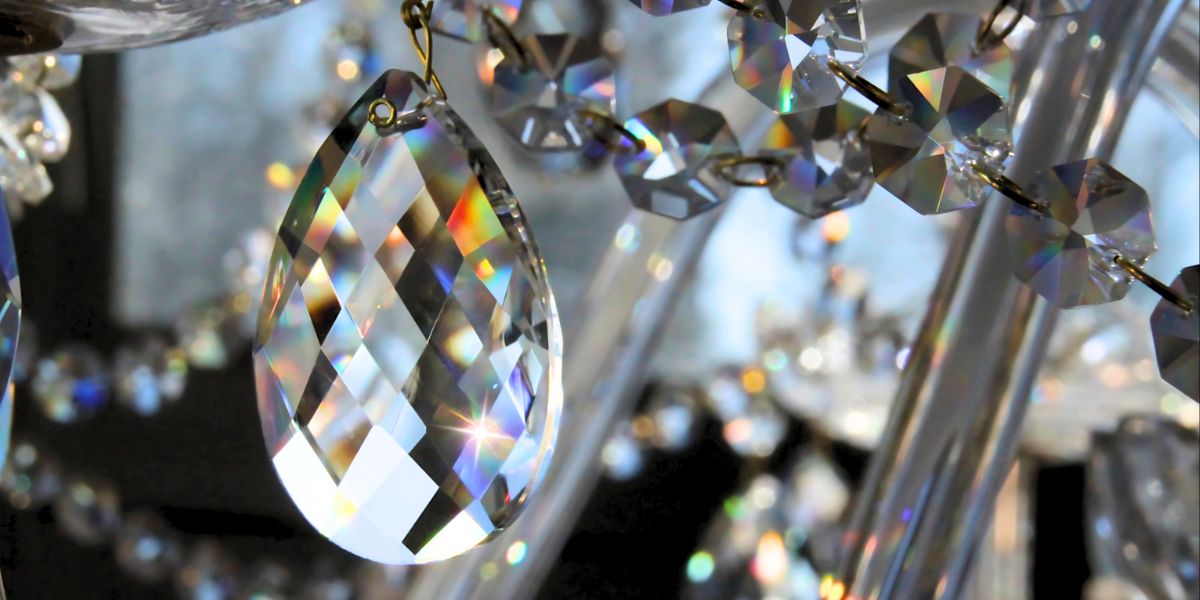
Brilliance, Weight, and the Iridescent Sparkle
One of the key distinguishing features of genuine crystal is its distinctive high gloss and light refraction, which enhances illumination. While ordinary glass or plastic imitations often appear duller, crystal, thanks to its lead oxide content, reflects the entire spectrum of light and creates dazzling rainbow effects.
Why Does Crystal Shine More Than Ordinary Glass?
The secret lies in its unique refractive index. Crystal can break light into the full spectrum of colors, giving it a dazzling sparkle. This property makes a crystal chandelier up to 30% more luminous than an ordinary glass light fixture.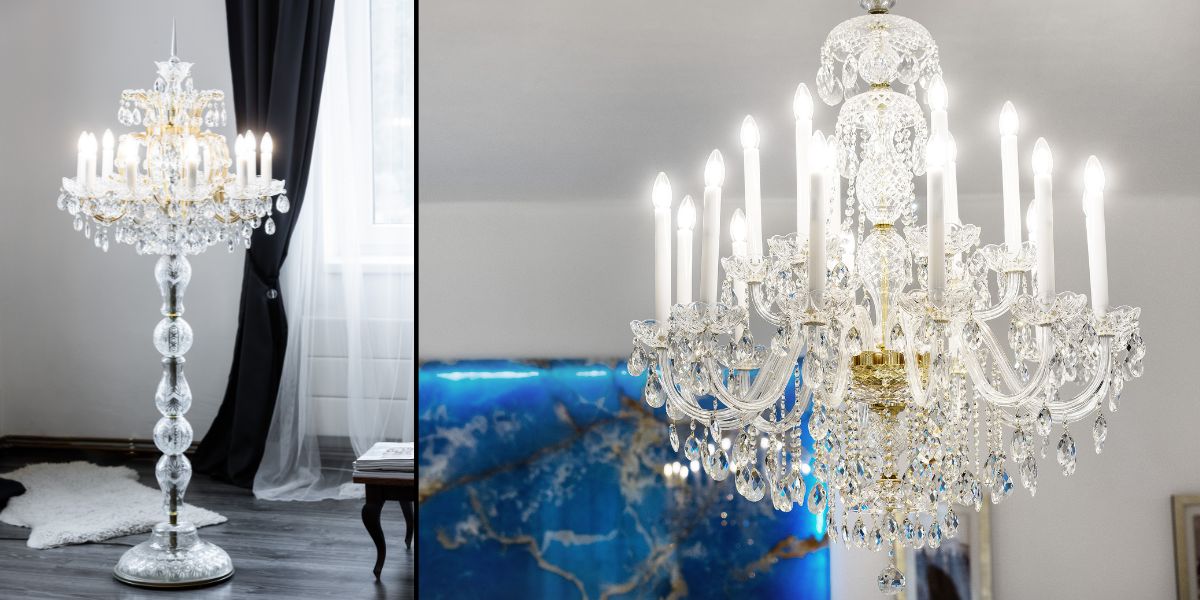
The Sound of True Crystal – How to Identify It by Ear
Genuine crystal is not only visually distinctive; it has a characteristic sound! Lightly tap the rim of a glass with your finger – authentic crystal produces a long, pure ring, similar to a bell chime. Imitations made of ordinary glass or plastic sound dull and short.
The Weight of True Luxury
Another trick to recognizing authentic crystal is its weight. Due to its high lead oxide content, it is significantly heavier than ordinary glass or plastic. If you compare two similar glasses and one feels surprisingly light, it is most likely an imitation.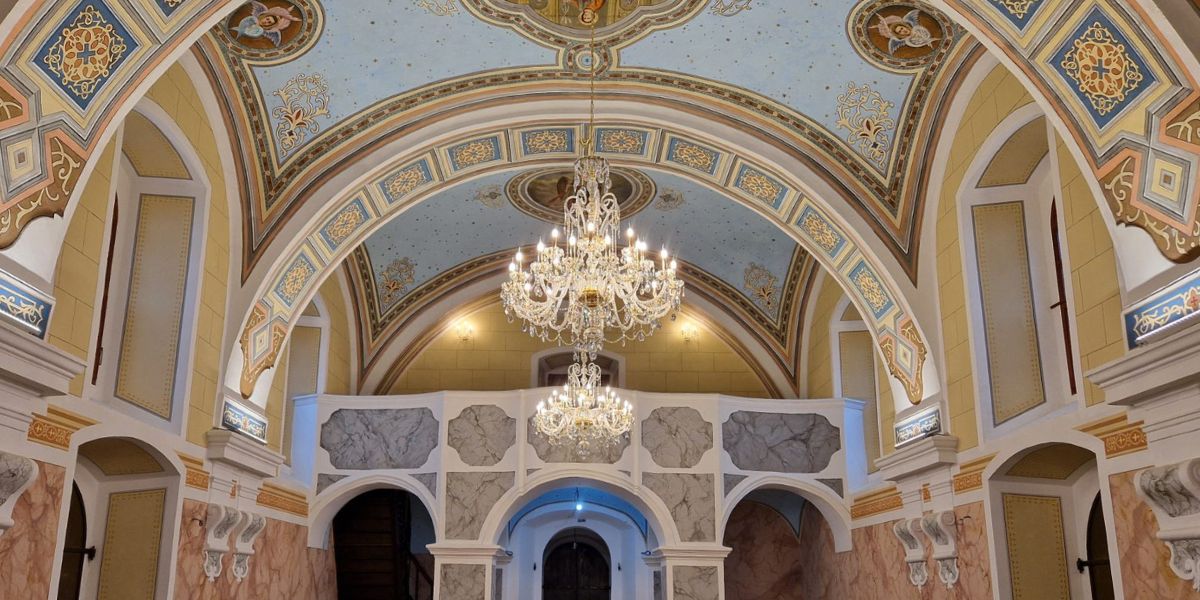
Why Was Crystal Once a Luxury for the Elite?
In the past, crystal was hand-cut for weeks or even months, making it an extremely expensive commodity. In the 17th century, only royal courts and the wealthiest nobility could afford it. It was only with the advent of machine cutting in the 19th century that crystal became more accessible, yet fine handcrafting remains a hallmark of prestige to this day.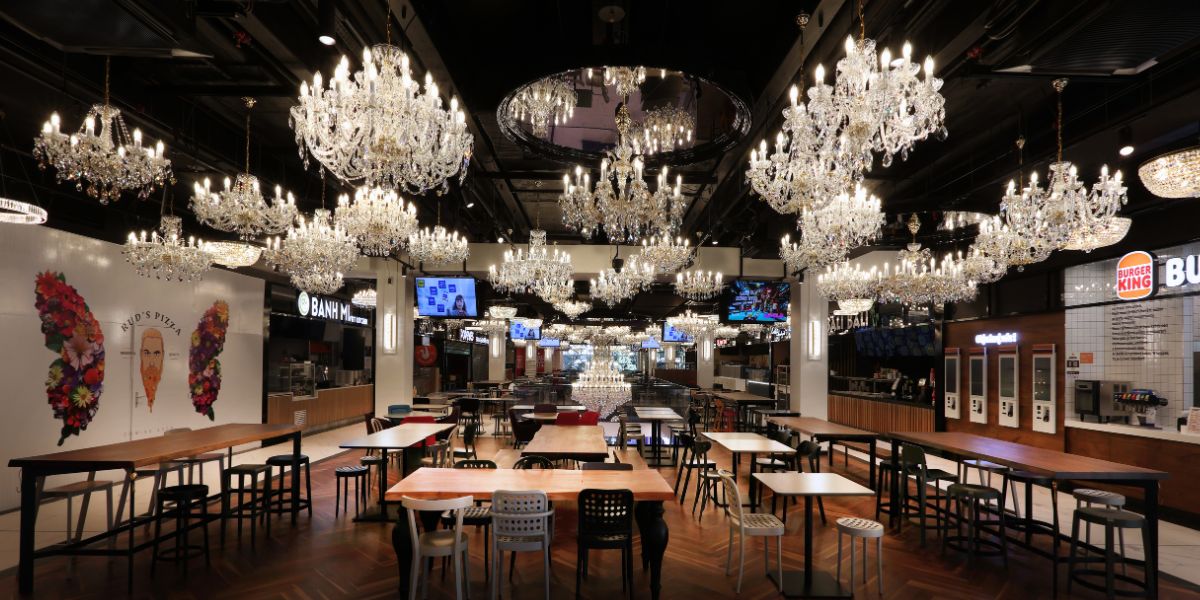
What Do the Regulations Say?
The European Union has strict rules for labeling crystal. A glass product must contain at least 10% lead oxide to be classified as "crystal." If the lead content exceeds 30%, it is referred to as high-lead crystal. In the USA, however, the standard is much lower – glass needs only 1% lead oxide to be labeled as crystal. That's why it is essential to check the origin and composition of the product before purchasing.
Crystal Chandeliers: Light That Tells a Story
A genuine crystal chandelier is more than just a light source – it is a jewel of the interior, captivating at first glance and illuminating an entire space with its brilliance. Every shimmering reflection is a testament to master craftsmanship and centuries-old tradition. The difference between an original and an imitation is not just visible – it is audible. The pure sound of genuine crystal and its flawless light refraction are simply unmatched.
Invest in light that stands the test of time and becomes a treasured part of your home for generations to come.







